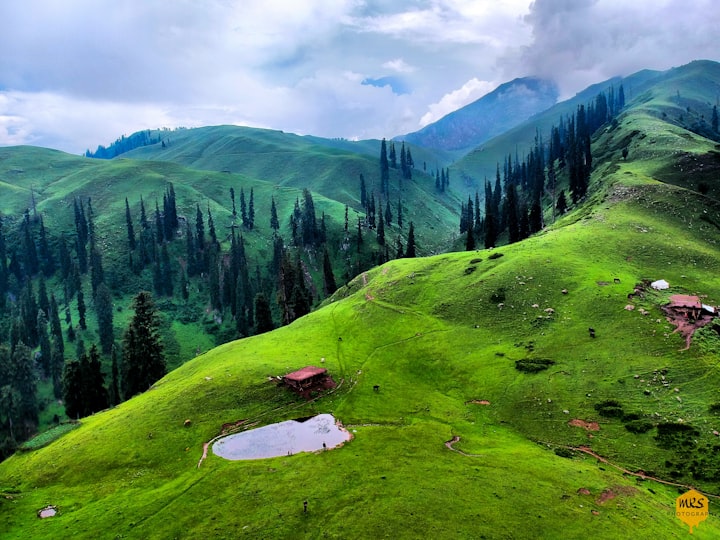
The government of Pakistan is a federal parliamentary republic, with a President as head of state and a Prime Minister as head of government. The President is elected by the National Assembly, the lower house of Parliament, for a five-year term. The Prime Minister is the leader of the party or coalition of parties that wins the most seats in the National Assembly. The Prime Minister and the Cabinet are responsible to the National Assembly.
The Parliament of Pakistan consists of the National Assembly and the Senate. The National Assembly has 342 members, who are elected by direct vote for a five-year term. The Senate has 104 members, who are elected by the provincial assemblies and the Federally Administered Tribal Areas (FATA) for a six-year term.
The judiciary of Pakistan is independent of the executive and legislative branches of government. The Supreme Court of Pakistan is the highest court in the country. The Chief Justice of Pakistan is appointed by the President on the advice of the Prime Minister. The other judges of the Supreme Court are appointed by the President on the advice of the Prime Minister and the Chief Justice.
The government of Pakistan is divided into three branches: the executive, the legislative, and the judicial. The executive branch is responsible for carrying out the laws passed by the legislative branch. The legislative branch is responsible for making laws. The judicial branch is responsible for interpreting the laws and resolving disputes.
The government of Pakistan is a complex system that is constantly evolving. The current system was established in 1973, following the dissolution of the previous system, which was based on a presidential model. The current system has been praised for its stability and for its ability to accommodate the country's diverse political and religious groups. However, it has also been criticized for being too slow and bureaucratic.
The government of Pakistan faces a number of challenges, including poverty, terrorism, and corruption. The government has made some progress in addressing these challenges, but much work remains to be done.
Here are some of the key challenges facing the government of Pakistan:
Poverty: Pakistan is one of the poorest countries in the world. According to the World Bank, 24.3% of Pakistanis live below the national poverty line.
Terrorism: Pakistan is a major target of terrorism. The country has been home to a number of terrorist groups, including the Taliban and al-Qaeda.
Corruption: Corruption is a major problem in Pakistan. According to Transparency International, Pakistan is ranked 140th out of 180 countries on the Corruption Perception Index.
The government of Pakistan is working to address these challenges. The government has launched a number of programs to reduce poverty, including the Benazir Income Support Programme (BISP) and the Ehsaas Programme. The government has also taken steps to combat terrorism, including launching military operations against terrorist groups. The government is also working to reduce corruption, including by passing new laws and by increasing transparency.
The government of Pakistan is facing a number of challenges, but it is also making progress in addressing these challenges. The government is committed to improving the lives of its citizens, and it is working to make Pakistan a more prosperous, secure, and just country.
The Green Revolution in Pakistan was a period of rapid agricultural growth that began in the late 1960s. The Green Revolution was a global effort to increase agricultural production using new technologies, such as high-yielding varieties of crops, improved
irrigation systems, and increased use of fertilizers and pesticides.
Green land: Pakistan is a land of lush green forests, rolling hills, and fertile valleys.





Comments
There are no comments for this story
Be the first to respond and start the conversation.